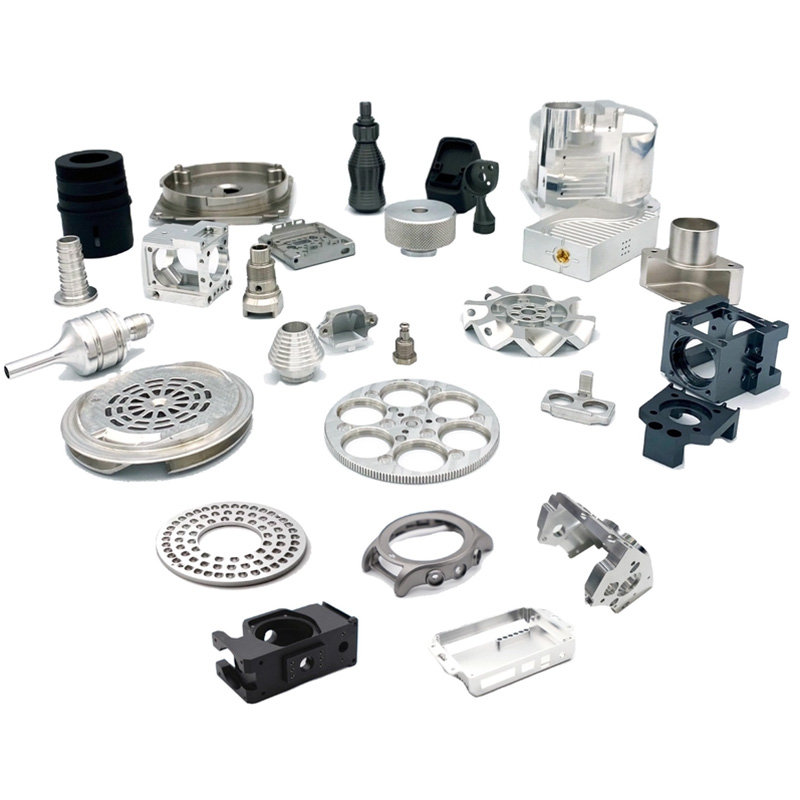
Did you know a single flawed turbine blade can compromise an entire jet engine? In aerospace CNC machining, tolerances often measure ±0.0001″ – thinner than a human hair. Our team discovered this firsthand during a 2025 project where improper toolpath optimization caused $28k in scrapped titanium components. The stakes? FAA non-compliance risks and potential safety hazards.
Machining Inconel 718 differs radically from aluminum alloys. We use this cheat sheet:
| Material | Tool Type | Speed (RPM) |
|---|---|---|
| Titanium | Carbide End Mill | 180-250 |
| Composites | Diamond-Coated | 3000+ |
Pro Tip: Always verify material certificates – we once received mislabeled 6061-T6 that ruined 18hrs of machining.
Never skip thermal stabilization! A study by Aerospace Manufacturing Magazine shows 63% of dimensional errors originate from temperature fluctuations.